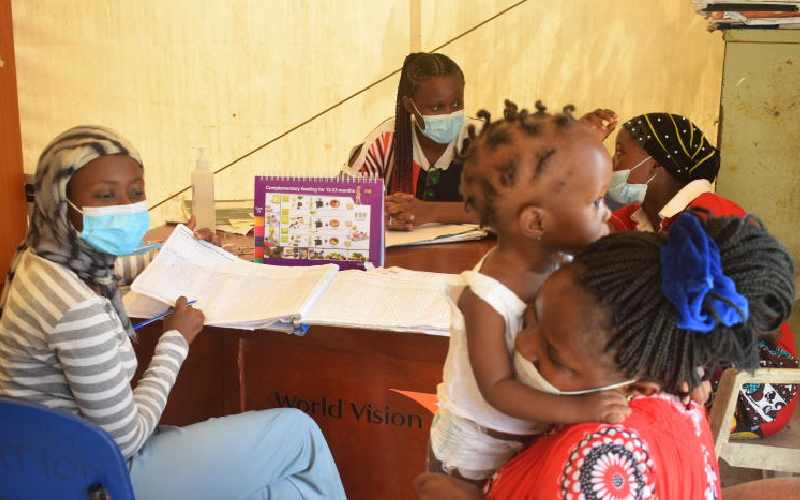×
The Standard e-Paper
Read Offline Anywhere

Fatma Nzai with her nine months old daughter after a routine clinic visit at Kinarani Dispensary in Kaloleni.
After a three-hour drive on the dusty road from Kilifi to Kinarani dispensary in Kaloleni, the cry of babies brings life to the quiet health facility.